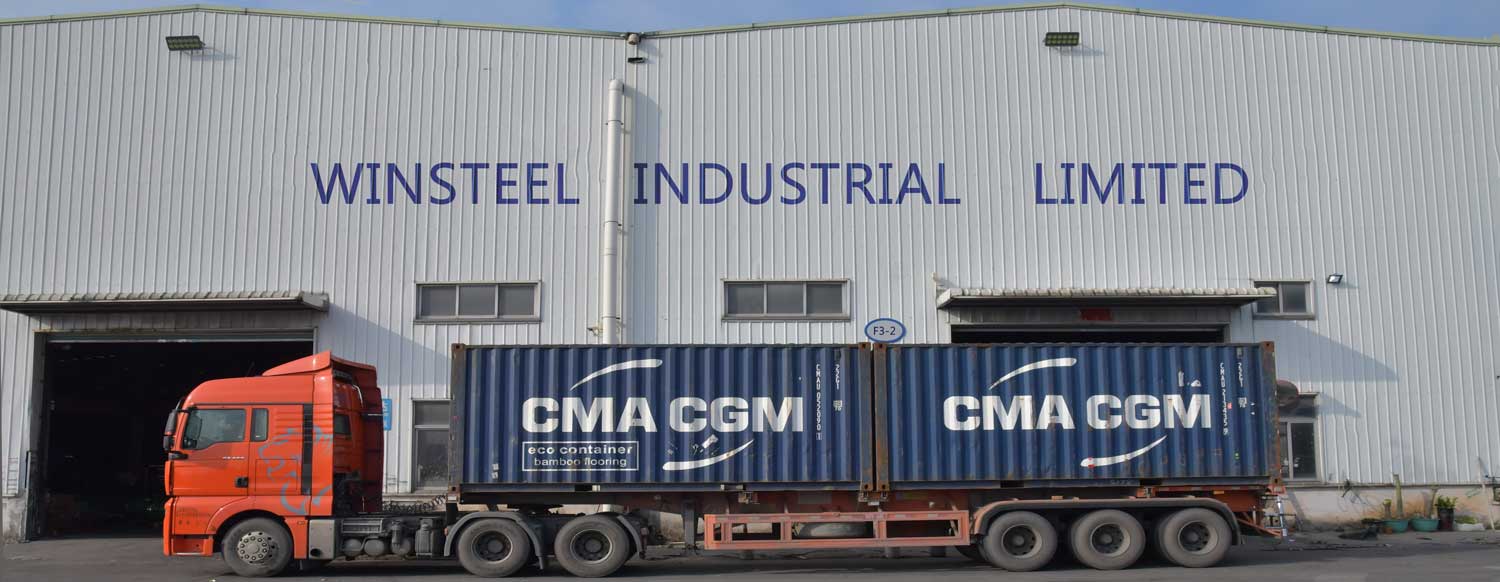Food grade 304 stainless steel refers to the part of food machinery that contacts food, which must meet certain food safety requirements. Because many acids and bases are used in the food production process, and stainless steel contains chromium. Unqualified stainless steel will dissolve chromium at various prices, which is toxic; Moreover, it is required to limit the content of lead, cadmium and other alloy impurities. So what is the difference between food grade 304 stainless steel and ordinary 304 stainless steel?
Difference between ordinary 304 stainless steel and food grade stainless steel
1. Food grade 304 stainless steel refers to stainless steel materials that comply with the national standard of the people’s Republic of China / hygienic standard for stainless steel tableware containers (GB 9684-88), and its lead and chromium content is much lower than that of general stainless steel.
2. Ordinary 304 stainless steel is a common material in stainless steel, with a density of 7.93 g/cm3, which is also called 18/8 stainless steel in the industry. High temperature resistance 800 ℃, with good processing performance and high toughness, it is widely used in industry, furniture decoration industry and food and medical industry.
3. Food grade 304 stainless steel is a brand of stainless steel produced according to American ASTM standards. Ordinary 304 stainless steel is produced according to Chinese standards.
4. 304 stainless steel is not necessarily food grade stainless steel. In order to become food grade stainless steel, the precipitation of five heavy metals such as lead, chromium, nickel, cadmium and arsenic in 304 stainless steel needs to be controlled. There are three materials in the market, 18-0 (430), 18-8 (304) and 18-10 (316), which meet the requirements of stainless steel tableware. It can be seen that stainless steel tableware does not have to be made of 304 material. Although the elements of 304 stainless steel contain more than 17% chromium and more than 8% nickel, it has little requirements for the content of other elements, while food grade stainless steel requires very low content of lead and manganese.

